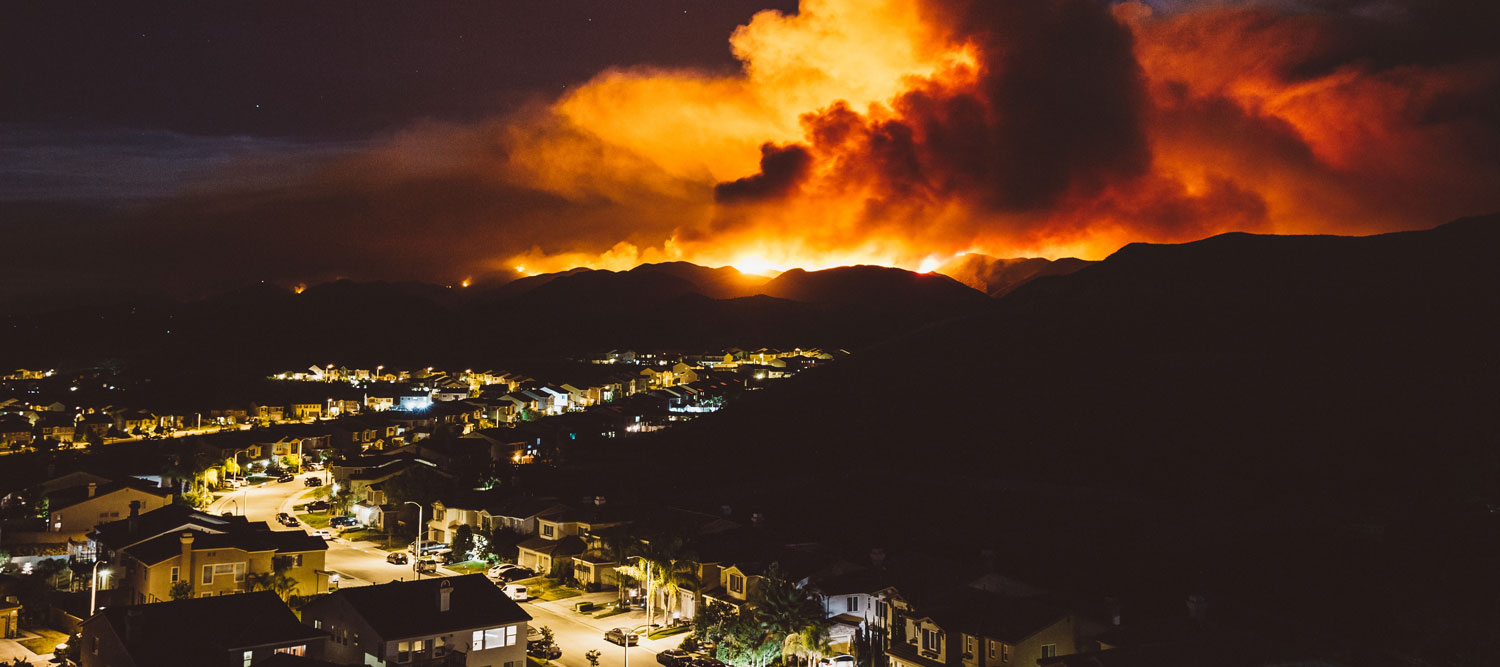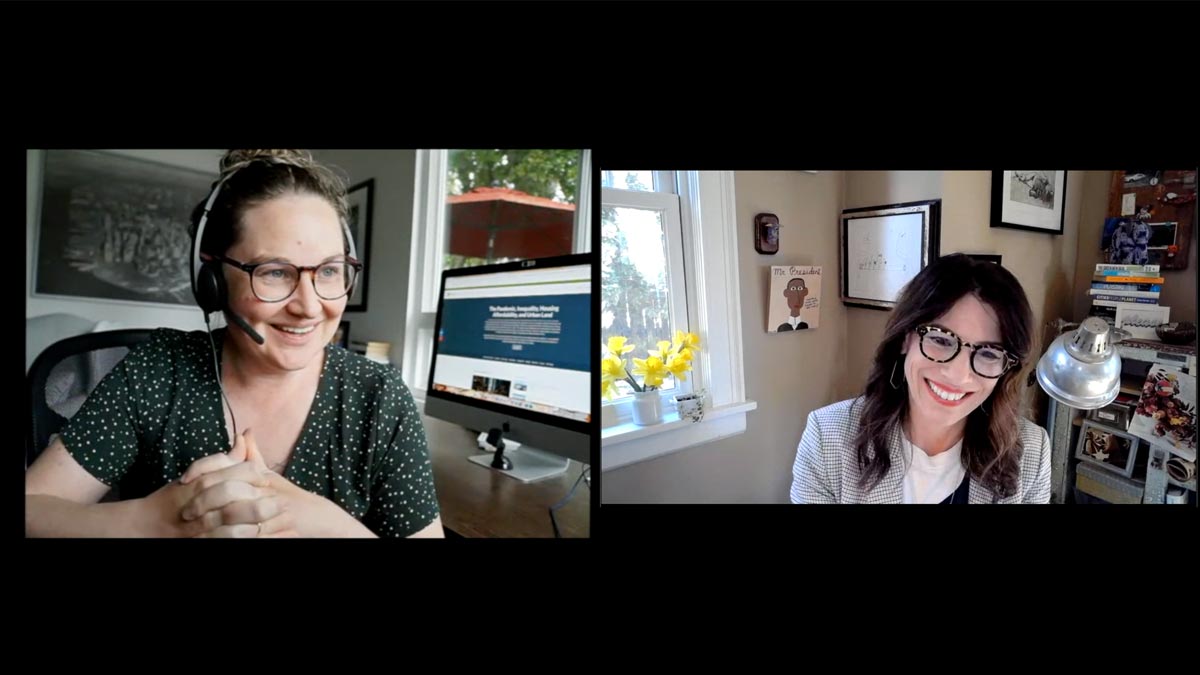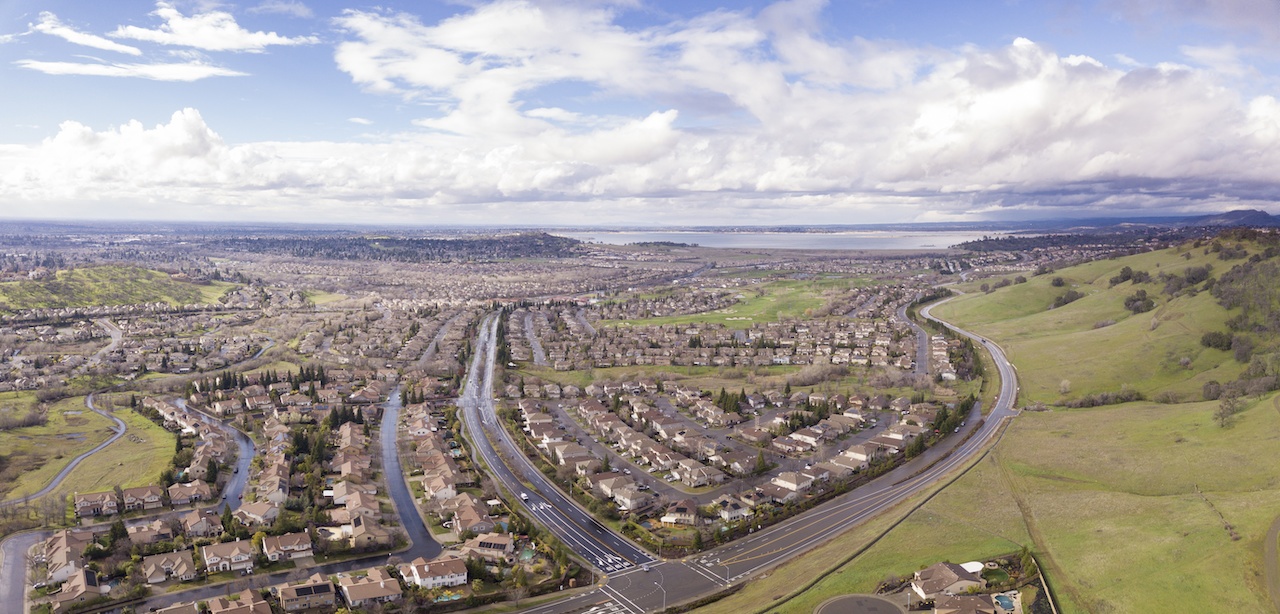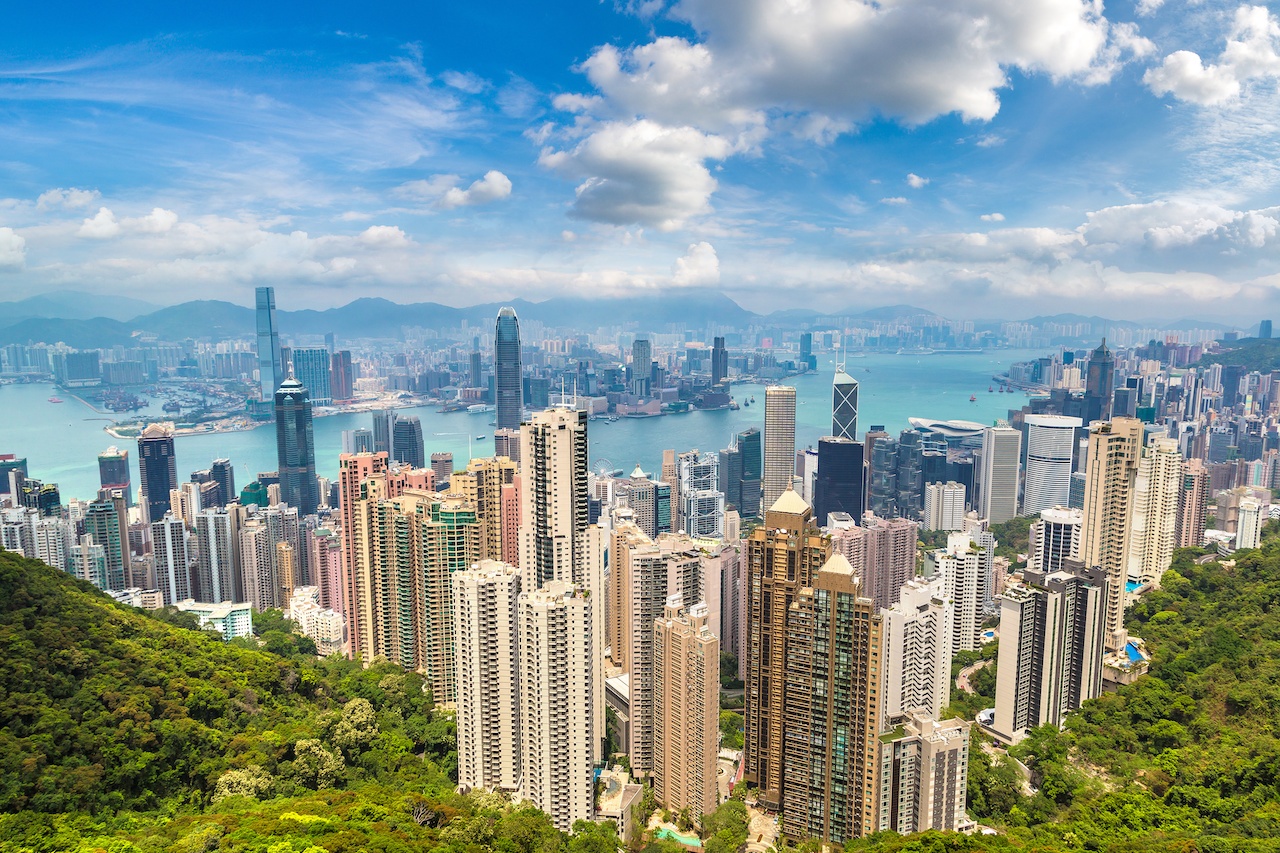Resources
A broad category of content focused on resources in cities.
Examples: energy, water, food systems, resource management
Wildfire Risk Reduction: Connecting the Dots
One of the most visceral manifestations of the combined problems of urbanization and climate change are the enormous wildfires that engulf areas of the American West. Fire behavior itself is now changing. Over 120 years of well-intentioned fire suppression have created huge reserves of fuel which, when combined with warmer temperatures and drought-dried landscapes, create unstoppable fires that spread with extreme speed, jump fire-breaks, level entire towns, take lives and destroy hundreds of thousands of acres, even in landscapes that are conditioned to employ fire as part of their reproductive cycle.
ARISE-US recently held a very successful symposium, “Wildfire Risk Reduction – Connecting the Dots” for wildfire stakeholders – insurers, US Forest Service, engineers, fire awareness NGOs and others – to discuss the issues and their possible solutions. This article sets out some of the major points to emerge.
Stormwater Management is an Equity Issue
As extreme weather conditions become the new normal—from floods in Baton Rouge and Venice to wildfires in California, we need to clean and save stormwater for future use while protecting communities from flooding and exposure to contaminated water. Changing how we manage stormwater has the potential to preserve access to water for future generations; prevent unnecessary illnesses, injuries, and damage to communities; and increase investments in green, climate-resilient infrastructure, with a focus on communities where these kinds of investments are most needed.
Digital Twins, Geospatial AI Help Bridge the Physical World and Digital World
Digital twins and AI analysis would offer significant benefits to organizations across all sectors. By providing a comprehensive look at a geographical area and its infrastructure and assets, these technologies will enable smarter and more targeted field planning optimization. It could help digitize field surveys, offer new levels of remote engineering access, and enable contact tracing around COVID-19.
The focus will continue to shift away from the data itself and towards its relationships. The connections between data are where the most powerful insights lie. With enough data points, organizations can look to analytics to better understand the context and “see” the future.
AI at scale and emerging data technologies truly illustrate this connectivity and potential. Although it’s an emerging field, the benefits are limitless.
Bleutech Park: Vegas’ New Eco Entertainment Park
I caught up with Steph Stoppenhagen from Black & Veatch the other day about their work on critical infrastructure in Las Vegas. In particular, we talked about the new Bleutech Park project which touts itself as an eco-entertainment park. They are deploying new technologies and materials to integrate water, energy, mobility, housing, and climate-smart solutions as they anticipate full-time residents and park visitors. Hear more from Steph about this new $7.5B high-tech biome in the desert.
Building Resilience & Addressing Inequities in Small, Underperforming Drinking Water Systems
Unsafe drinking water is an urgent problem that disproportionately affects low‐income communities of color in California and across the U.S. In California, we’ve learned that the right environment and policies inspire stakeholders to come to agreement on prioritizing solutions that provide the best results based on each system’s unique problems. Improving water quality is more than choosing a technical solution. Community alignment and support, political willingness, and mutual agreement are all critical elements that, when combined with the right technical solutions, allow systems to thrive. In parallel with ensuring the right institutional and funding support systems are in place, we also need to choose and implement the most viable technical solutions for each system (which may in turn inform the support systems).
How Blockchain Provides the Missing Links in Climate Action
The blockchain could be the missing link that brings consumers, businesses, and investors together on climate change. Built for peer to peer collaboration around shared, yet immutable ledgers, it lets us account for carbon emissions and transfer verifiable climate action through the supply chain.
Blockchain allows calculated emissions from each business to be tokenized and passed through to its supply chain partners to use in their emissions calculations. For example, a token could be issued based on the dollar amount, unit quantity, or volume of the company’s products. This would allow emissions calculations to be passed through the supply chain, so that the effects of a company’s emissions reductions and climate actions would be transparent.
How Micro-Securitizations Can Bridge the Clean Tech Funding Gap
In their efforts to protect consumers from higher capital costs, utilities have racked up more and more debt and weakened their credit. Storms, wildfires, record heat waves, and cold fronts are pushing our electricity grids to the limit. The general public is demanding a wholesale shift to zero carbon energy to stop climate change. Meanwhile, new technologies are starting to erode the utilities’ traditional monopolies.
Fortunately, there is a tool that has been able to help reduce risks while providing capital at scale: securitization. Around since the 1970’s, securitization raises capital at scale by aggregating large numbers of similar assets together and creating liquidity for potential investors.
Four Cornerstones for Integrating Water and Energy Systems
The water-energy nexus is not new. The concept that our water and energy systems are reliant on each other is sometimes paired with a third issue, like food security or public health. This can make it more relevant to our daily lives. Despite a basic understanding of resource interdependencies, city and utility leaders still allow planning and implementation processes to remain predominately separate. A common local scenario finds the water utility facing system upkeep alone, the energy utility not considering other utility issues or city goals as they operate, and city leaders generally focused on more visibly troublesome urban systems, like housing or transportation.
Closing the Water Access Gap in the United States
Today, over 2 million Americans are living without access to clean, running water. The newly released ‘Close The Water Gap’ report by DigDeep and the US Water Alliance pulls back the veil on America’s hidden water crisis.
This is the first-ever comprehensive look at indoor water access across the United States, and its findings are explosive: Race is the strongest predictor of vulnerability. In six states (plus Puerto Rico), progress is actually backsliding. More than 44 million Americans are served by water systems with recent violations of the Safe Drinking Water Act.
The Link Between Climate Change & Water
When thinking about conserving water, we should also be focusing on how more efficient water use correlates with energy savings. Studies show that when households participate in water savings programs, they also conserve energy and reduce strain on the power grid during peak demand periods while saving consumers money on their utility bills.
Water utilities can also dramatically increase their energy efficiency and reduce overall energy usage by adopting locally based solutions. For many municipal governments, drinking water and wastewater treatment plants are typically the largest energy consumers, often accounting for 30 to 40 percent of total energy consumed. Overall, drinking water and wastewater systems account for approximately two percent of energy use in the United States, adding over 45 million tons of greenhouse gases annually.
How Green Banks Help Cities Transition to Clean Energy
The track record of state and local Green Banks in the U.S. shows how these financial institutions can move projects forward in cities. For example, consider a success story from the New York City Energy Efficiency Corporation (NYCEEC). A property management company that wanted to make improvements to six of its multifamily properties. Incentives from the local utility would cover part of the cost, but significant gaps remained, and the developer needed an affordable loan. NYCEEC provided a $1.3 million loan, which is due to be repaid within six years. The improvements will reduce greenhouse gases in an amount equivalent to removing 3,200 vehicles from the road, and will also reduce the emission of fine particulates which damage city residents’ health.
California as an Example for Managing Urban Water in Drought Periods
Coordinated approaches are preferred for building urban drought resilience. Over the long term, a “trust but verify” policy can be more effective than the “better safe than sorry” approach of the mandate because the former encourages local suppliers to continue investing in diversified supplies. A good model is the stress-test approach the state adopted toward the end of the drought, which allowed local utilities to drop mandated conservation if they could demonstrate that they had drought-resilient supplies to last three more years.
In the wake of the drought, the state has adopted measures to improve information sharing, including a system for urban suppliers to provide regular updates on their supply situations. To encourage all agencies to prepare for more extreme droughts, urban water management planning documents must now address how suppliers would manage longer droughts.












